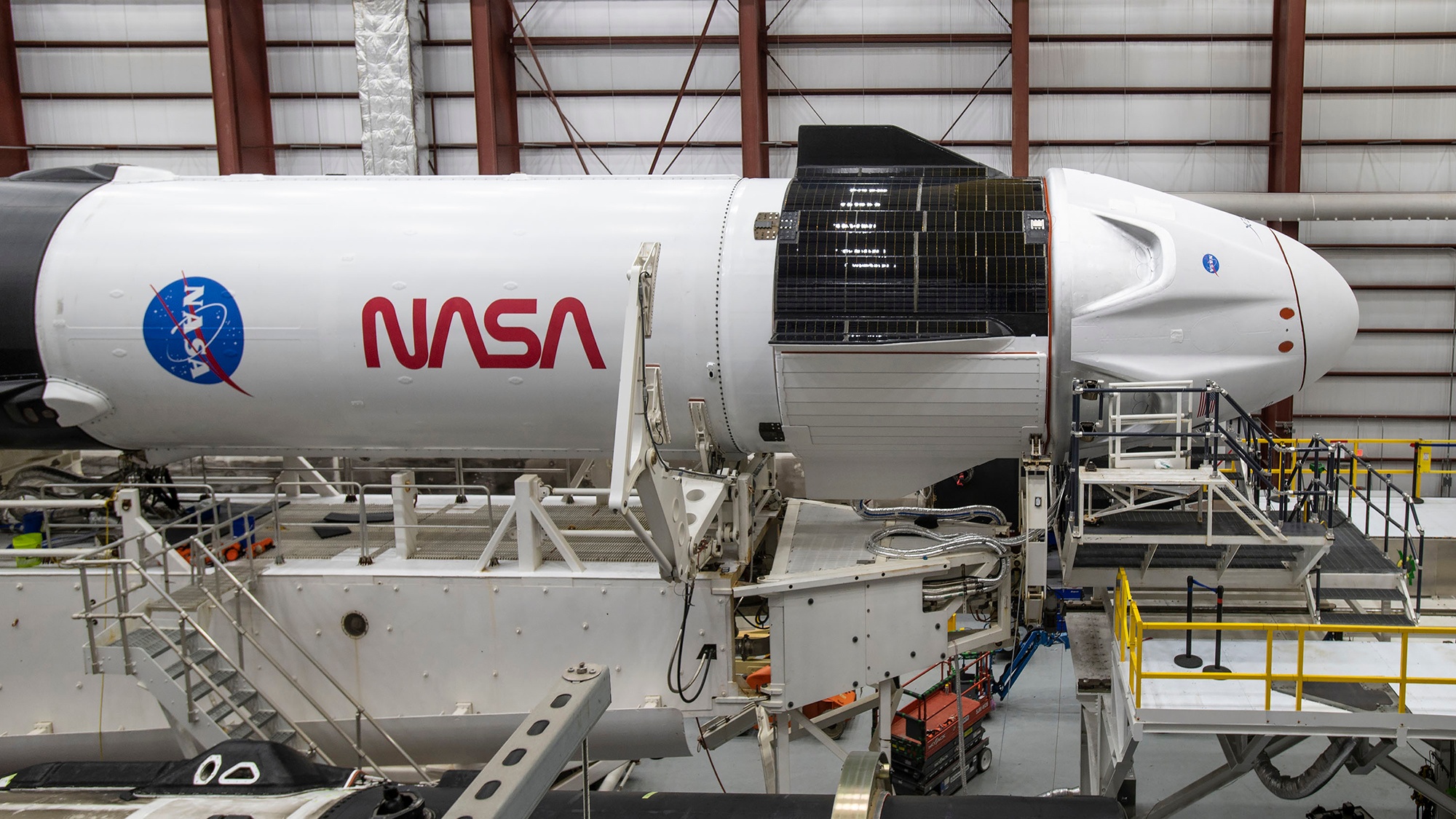SpaceX Wins NASA's About $850M Contract to Deorbit ISS
NASA has announced that Elon Musk's SpaceX company has been selected to develop the U.S. orbit eliminator (U.S.Deorbit Vehicle).

NASA announced that Elon Musk's SpaceX has been selected to develop the U.S. Deorbit Vehicle.
The U.S. Deorbit Vehicle is intended to guide the International Space Station (ISS) into Earth's atmosphere, preventing it from falling into densely populated areas. Upon reentry into the atmosphere, the deorbit vehicle will break up along with the ISS, ultimately disposing of debris in the ocean.
According to previous NASA predictions, the ISS is expected to reach the end of its service life in January 2031.
Currently, SpaceX has been confirmed for the task of constructing the U.S. Deorbit Vehicle. On June 26, NASA awarded SpaceX a contract worth $843 million for this project, though it did not specify whether SpaceX's design for the U.S. Deorbit Vehicle is based on one of its existing spacecraft.
Additionally, SpaceX will be responsible for developing the deorbit vehicle, which NASA will fully own and operate throughout the mission.
During a press conference, NASA emphasized the critical responsibility of safely controlling the ISS's deorbit process to avoid risks to densely populated areas.
Currently, the four international partner agencies representing Russia, Europe, Canada, and Japan are preparing for the final retirement of the ISS.
Originally built as a manned research laboratory, the ISS has conducted over 3,300 experiments in microgravity environments, including medical science and technological demonstrations not possible on Earth. Since 2000, the ISS has served as a residence for astronauts.
However, the ISS is aging, and NASA, along with its primary partner, the Russian Federal Space Agency (Roscosmos), has faced challenges in addressing severe microcracks within the station. Therefore, the service life of the ISS may extend beyond 2030, depending on agreements with international partner agencies.
In the future, NASA plans to replace the ISS with commercial low Earth orbit destinations (CLD) and support U.S. companies in developing private space stations.
Disclaimer: The views in this article are from the original Creator and do not represent the views or position of Hawk Insight. The content of the article is for reference, communication and learning only, and does not constitute investment advice. If it involves copyright issues, please contact us for deletion.